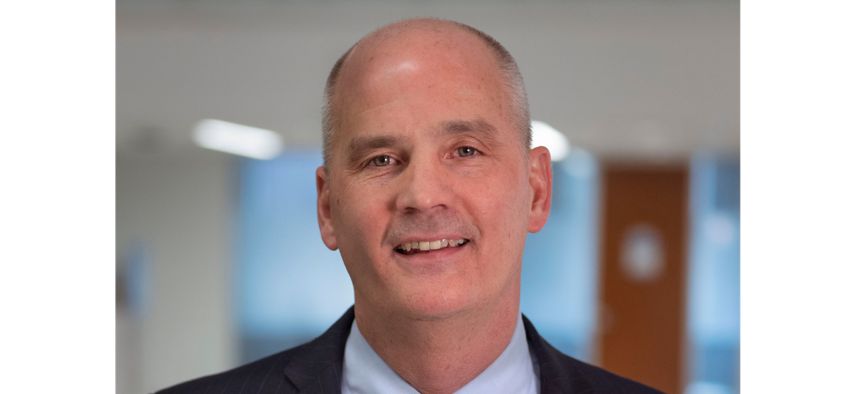Con Edison Chair, President and CEO Tim Cawley is pushing the utility to help New York state achieve its ambitious climate goals. Con Edison recently completed a 6-mile transmission line in Queens to a substation that will be a hub for receiving clean energy in the future. Plus, the utility also just installed the largest battery storage facility in the state on Staten Island. Cawley talked to City & State about those projects, the state’s climate goals and more. This interview has been edited for length and clarity.
The state has set some very ambitious climate goals. What more can be done to achieve these goals and what more can the state do to address these goals?
The state has really put out some incredibly ambitious goals. They are really leaders in this space. And climate change, I think, calls for them. We are really supportive of helping the state achieve these goals. I think they’ve put some markers in the ground with regard to levels of renewable energy and emissions-free energy by 2030 and 2040, etc. The CAC programs in electric generation, that’s renewables and EVs, transportation, electrification and building heating. Those are the three areas that we’re really going to need to attack to reduce carbon emissions and address climate change: generation of electricity, transportation, electrification, rebuilding and heating.
What projects is Con Edison taking on to address these goals?
I would say lots of projects across that portfolio to help address and mitigate carbon emissions. We recently installed a transmission line, a cable underground, from Long Island City to Corona, Queens, that’s a 138,000-volt line and 6 miles. We just put it into service about a month and a half ago. And that really served two purposes pursuant to this clean energy transition that we’re all endeavoring to achieve. The first is it’ll allow for an additional pathway for clean energy, think offshore wind and solar, to get to our customers. And the second is, because it allows our operators to reroute power on the hottest days of the year, it has allowed for some peaker units to retire in Astoria. And those units don’t run frequently, they run on the hottest days of the year to supplement the capacity of the system. But they’re typically older units and dirtier units.
Another example is battery storage. When you think about solar and wind, we refer to them in the business as intermittent resources. That is, when the wind is blowing and the sun is shining, you get lots of power when it’s not, you don’t. We installed what is now the largest New York City battery storage site in Staten Island.
We’re doing lots in the transportation space, electrification of vehicles, EVs are going to be a big part of this clean energy transition. And invariably, people are going to need places to charge their vehicles and we are doing a lot to help facilitate EV chargers. We have a program that helps incentivize customers to install chargers and will do 20,000 what we refer to as level two chargers by 2025 and about 450 fast chargers by that same period investing over $300 million in that.
New York has an aggressive climate agenda. Is the state on track to achieve these goals?
I would say they are aggressive. New York is a special place. We think we are a special company within that place. We’ve got incredible expertise in managing energy delivery systems. And so I say they’re very aggressive, time will tell whether or not they’re fully achieved. But when you’re really trying to move such big systems, you know, our energy delivery systems evolved literally over 200 years, and over the next few decades, we’re really going to change the landscape completely.
NEXT STORY: This week’s biggest Winners & Losers


